30 years of ending the epidemic together
our progress
The 2020s


Big Tobacco entered the 2020s on its back foot, thanks to the state following the actions taken by everyday Californians rallying together to protect their local communities. Our story shows that it’s difficult but not impossible to succeed against a force as powerful as the tobacco industry.1 2 Today, smoking rates are at a record low, and we’ve made major progress in the fight against vaping.3 4
But the fight isn’t over. Tobacco remains the number one cause of preventable death and disease, and the industry is doing everything it can to stay in business.5 6 It’s up to all of us to put an end to it - once and for all.
2025
A California without Big Tobacco isn’t just possible, it’s already happening.7 8 But we aren’t at the finish line yet. The industry wants us to believe in their new “smokefree” rebrand. But Californians know the truth - these new nicotine products addict young people.9 10 That’s why we’re undoing Big Tobacco’s deadly epidemic together.
Oct 8, 2024
Local communities in California continued to be on the cutting edge of the fight against the tobacco industry. In 2024, Santa Cruz County passed a first-in-the-world sales restriction on tobacco products with plastic filters, taking a major stand for the environmental health of their community.
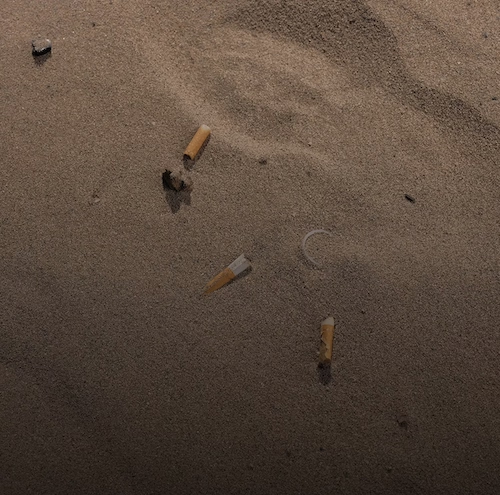
Sept 8, 2023

California prioritized protecting workers and guests from dangerous secondhand smoke and vape as leaders passed a new law, Senate Bill (SB) 626, requiring all California hotel and motel rooms to be 100 percent smokefree.11
Nov 8, 2022
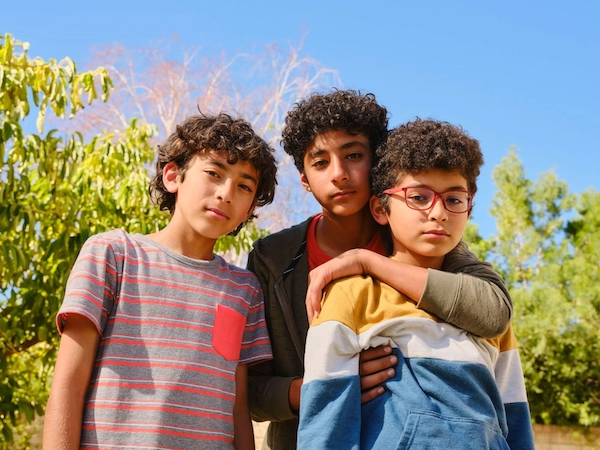
In 2022, Californians stood together to protect kids and said no to one of Big Tobacco’s favorite tactics: using flavors in tobacco products to addict kids. Californians overwhelmingly voted to pass landmark legislation to end the sale of most flavored tobacco products, including vapes and menthol cigarettes.
Feb 18, 2020
.avif)
The fight against Big Tobacco in California has always started at the local level. At the beginning of the decade, officials and residents in Manhattan Beach took on the industry together as they became the second California city to end the sale of tobacco products in their community.
Jump to
The 2010s


During the 2010s, the tobacco industry responded to lower cigarette sales by introducing new products, like vapes, to hook a new generation.6 The tobacco industry was trying to change the fight but everyday Californians – parents, teachers, and community members – knew better. As vaping exploded into a youth epidemic, cities and counties took bold new steps to protect the health of their kids and communities, making tobacco products – new and old – less accessible and protecting citizens from toxic secondhand smoke and vape.
Oct 11, 2019
Thanks to the passage of Senate Bill (SB) 8, smoking and vaping are prohibited in most areas of California state parks and beaches.12 The bill expanded existing state tobacco protections, which restrict smoking or vaping at playgrounds, tot-lot sandbox areas, and youth sporting events in public parks, to protect children from dangerous secondhand smoke and vape.13
.avif)
Sept 24, 2019
.avif)
In 2019, the California Department of Public Health (CDPH) issued a health advisory on EVALI, or e-cigarette or vaping associated lung illness, in response to a national outbreak of vaping-related lung illnesses that sent many healthy young people to the hospital. Several people died from EVALI. CDPH urged everyone to refrain from vaping, no matter the substance or source.
June 4, 2019
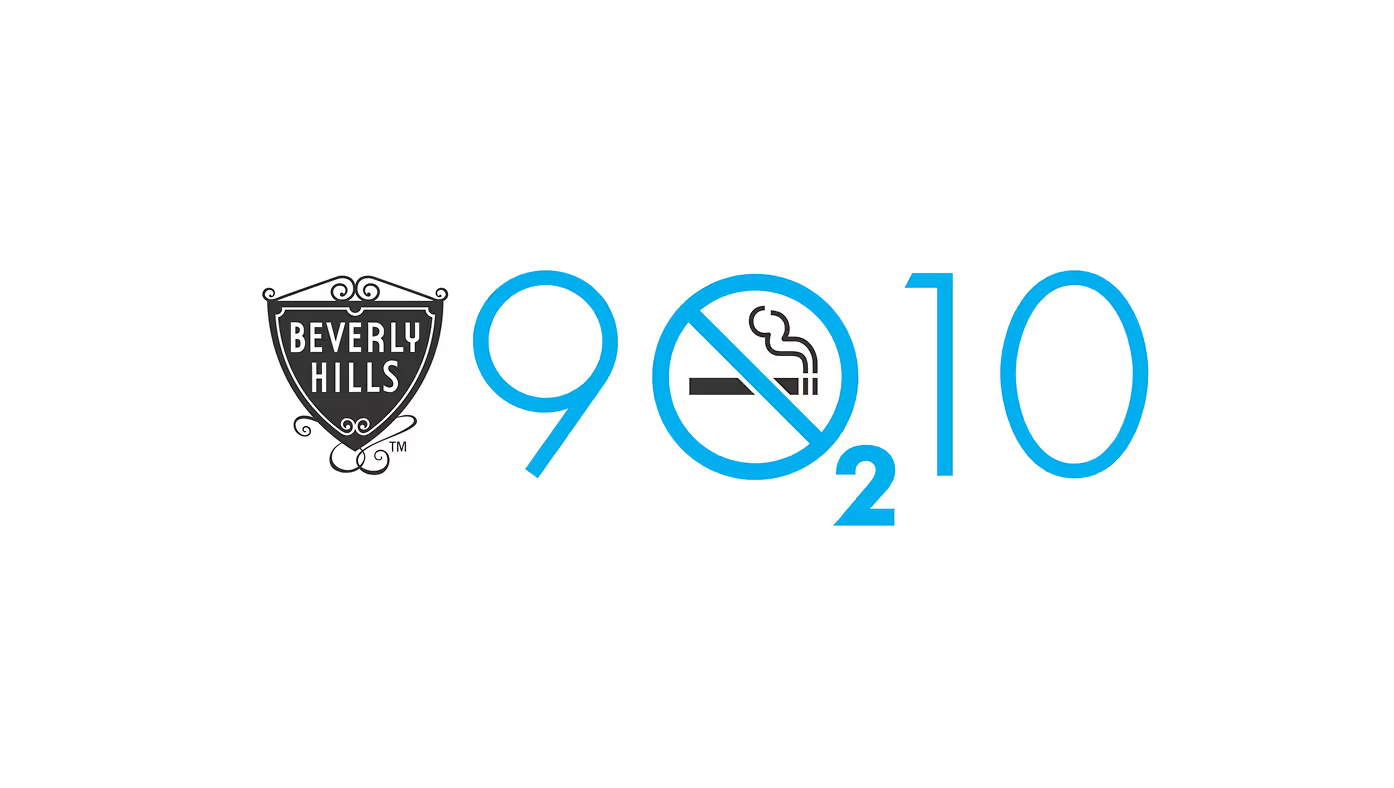
Marking a major victory against the tobacco industry, Beverly Hills became the first US city to ban the sale of tobacco products.7 This moment signaled a shift in the anti-tobacco landscape toward phasing out the industry completely.
May 1, 2019
.avif)
In a landmark move for the happiest place on earth, the Walt Disney Company banned all smoking and vaping in its California and Florida theme park properties to protect the health of patrons, including children, and employees, from the dangers of secondhand smoke and vape.14
April 24, 2018
.avif)
CTPP launched yet another effective media campaign, “Flavors Hook Kids,” to educate parents and concerned Californians about the dangers of flavored tobacco products and expose the tobacco industry’s predatory marketing practices to children and underserved communities.15
July 7, 2017
.avif)
Following Yolo County, which became the first county in California to pass a comprehensive restriction on the sale of flavored tobacco in 2016, San Francisco became the first city to adopt a comprehensive policy prohibiting the sale of all flavored tobacco products, with no exemptions, including menthol cigarettes.1617
apr 7, 2017

The California State University passed a systemwide tobacco-free, smokefree, and vape-free policy to protect students, faculty, staff, and visitors from the health hazards of tobacco and secondhand smoke.18
Nov 8, 2016
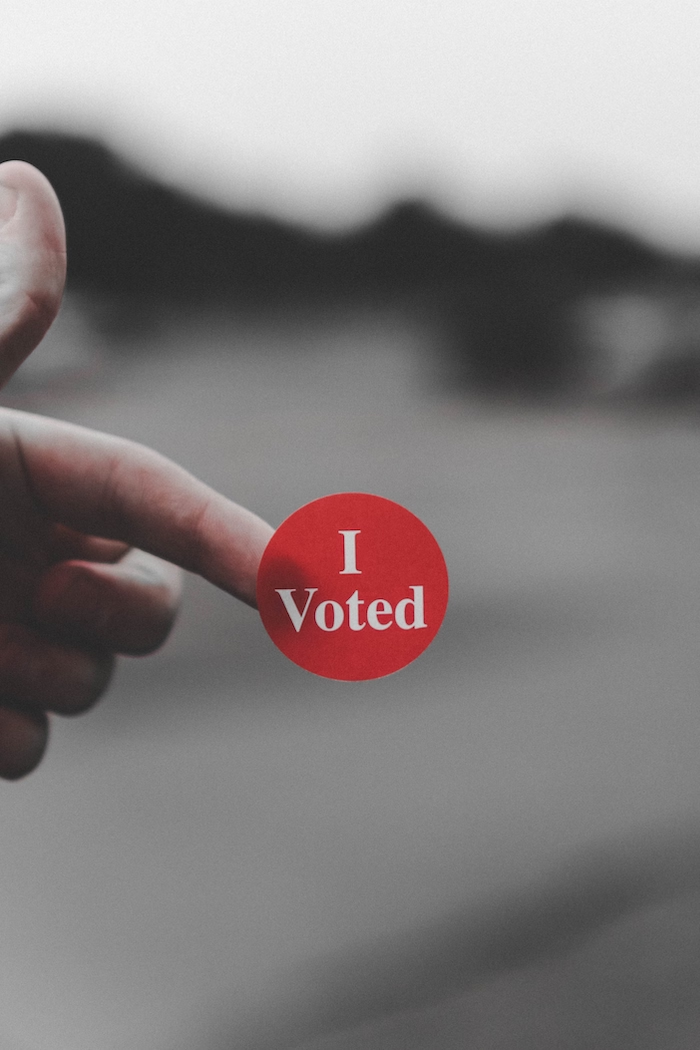
Rounding out a big year of wins, Proposition 56 passed with 64 percent of voters, increasing the tax on cigarettes by $2, and a composite tax on other tobacco products including e-cigarettes.19 Prop 56 funds tobacco-use prevention, research into cancer, heart and lung diseases, school programs focusing on tobacco-use prevention and reduction, and more.20
Oct 25, 2016
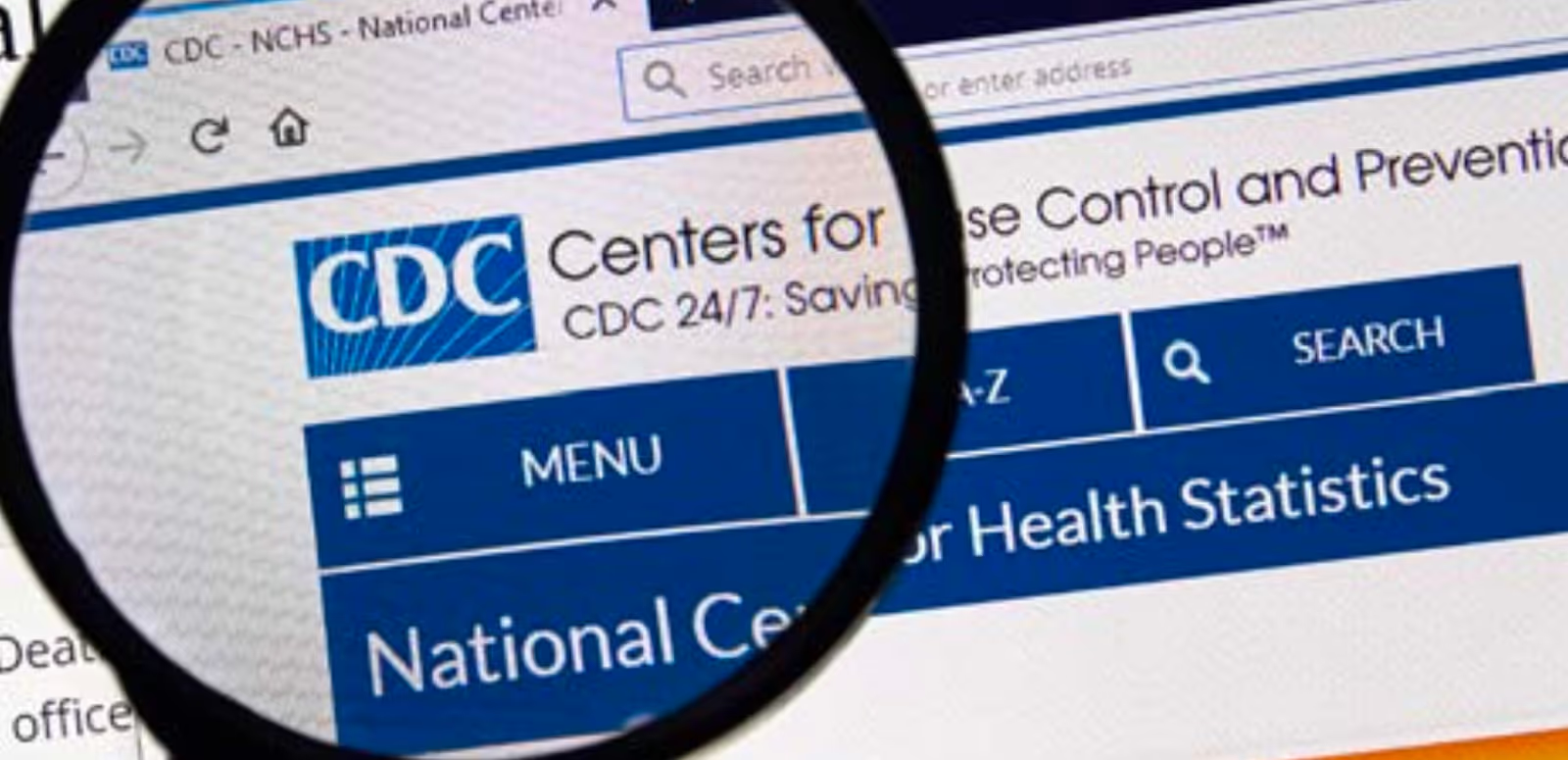
More than five years before the state ended the sale of most flavored tobacco, unincorporated Yolo County was the first community in California to prohibit the sale of all flavored tobacco products, with no exemptions, including menthol cigarettes and vapes.16
June 9, 2016
.avif)
In 2016, California passed two new smokefree workplace laws, which expanded protections for workers in most indoor workplaces, like hotel lobbies, warehouse facilities, and employee breakrooms, under the Clean Indoor Air Law and banned the use of e-cigarettes where smoking tobacco is prohibited. With the new laws in place, the Centers for Disease Control and Prevention (CDC) officially designated California as a comprehensive smokefree state in June 2016.21
june 9, 2016
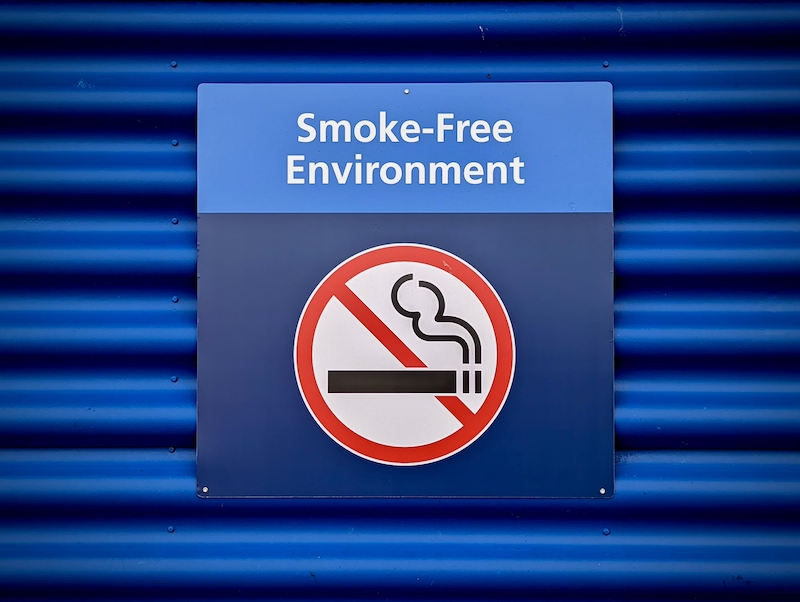
2016 was a big year of wins. California…
jan 28, 2015
As the industry tried to sell e-cigarettes as a “healthier” alternative, California fought back against their lies. Twenty-five years after launching the first anti-smoking ads in the state, CTPP launched a new campaign called “Wake Up” to inform the public about the dangers of e-cigarettes.27 This campaign was the first comprehensive education campaign combating e-cigarettes in the nation.
.avif)
jan 2015
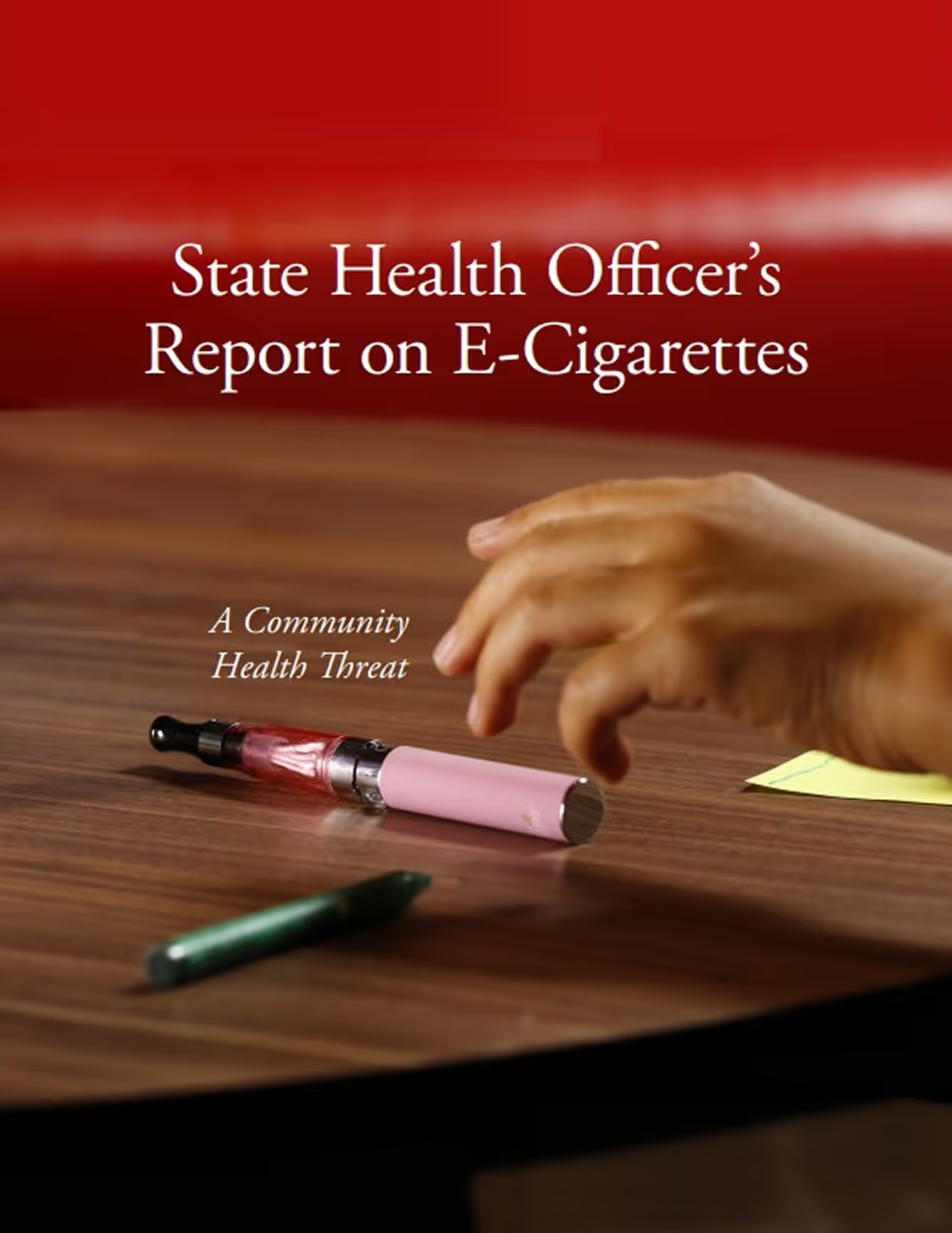
California Department of Public Health (CDPH) director and state health officer released a first-of-its-kind “State Health Officer’s Report on E-Cigarettes: A Community Health Threat,” warning Californians of the toxicity and health risks of electronic cigarettes (e-cigarettes).28
oct 22, 2014
Local communities continued to lead the fight against the tobacco industry by making it harder for underage customers to purchase tobacco products. In 2014, Healdsburg became the first city in California to increase the legal age for purchasing tobacco from 18 to 21, better protecting young people from getting addicted to tobacco and nicotine.29
jan 1, 2014
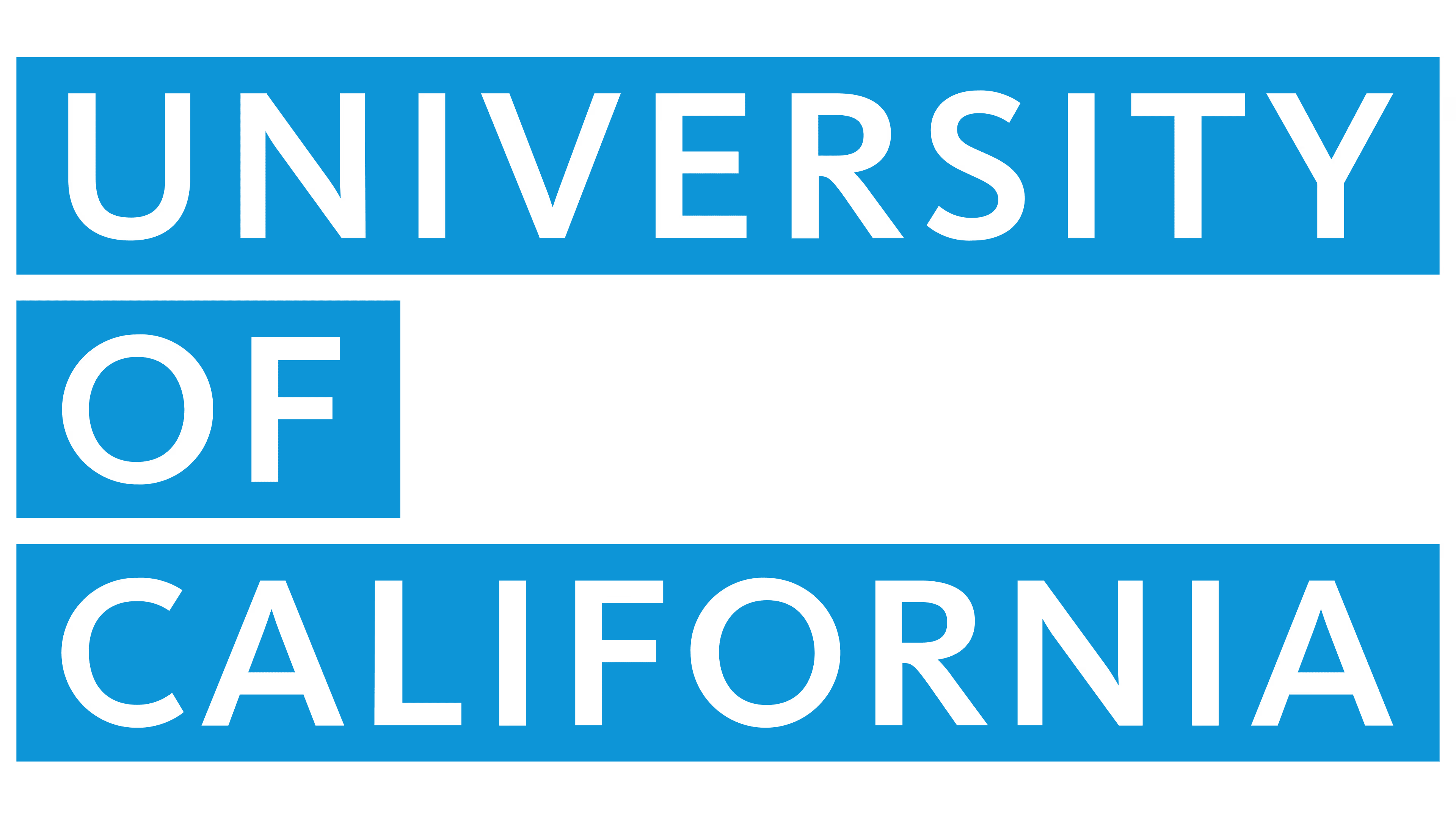
The University of California implemented a systemwide smoke- and tobacco-free policy to improve and protect the health of all students, faculty, staff, patients, and visitors from the dangers of tobacco. As a result, the use of any tobacco products was prohibited within the boundaries of all UC campuses, medical centers, and labs.30
Sept 9, 2013
Assembly Bill (AB) 352 was signed into law, and requires that group homes, foster family agencies, small family homes, transitional housing placement providers, and crisis nurseries licensed to provide residential foster care to a child maintain a smokefree environment in the facility.31
Sept 13, 2011
.avif)
The tobacco industry targets low-income communities to sell their deadly products and hook people for life.32 In response, California started a new initiative, the Medi-Cal Incentives to Quit Smoking (MIQS) Program, where Medi-Cal members access free quitting help by calling California’s quitting helpline.33
nov 23, 2010
.avif)
Santa Clara County became the first jurisdiction in California, and the western United States, to adopt a local policy banning the sale of some flavored products.34
Jump to
The 2000s


At the turn of the millennium, local cities continued to enact first-of-their-kind tobacco legislation – like a smokefree beach policy in Solano Beach and a ban on smoking in all public places in Calabasas – inspiring many of the statewide policies to come.23 The tobacco industry pushed back at every turn, but they were no match for the determination and grit of our California communities.
Aug 7, 2008
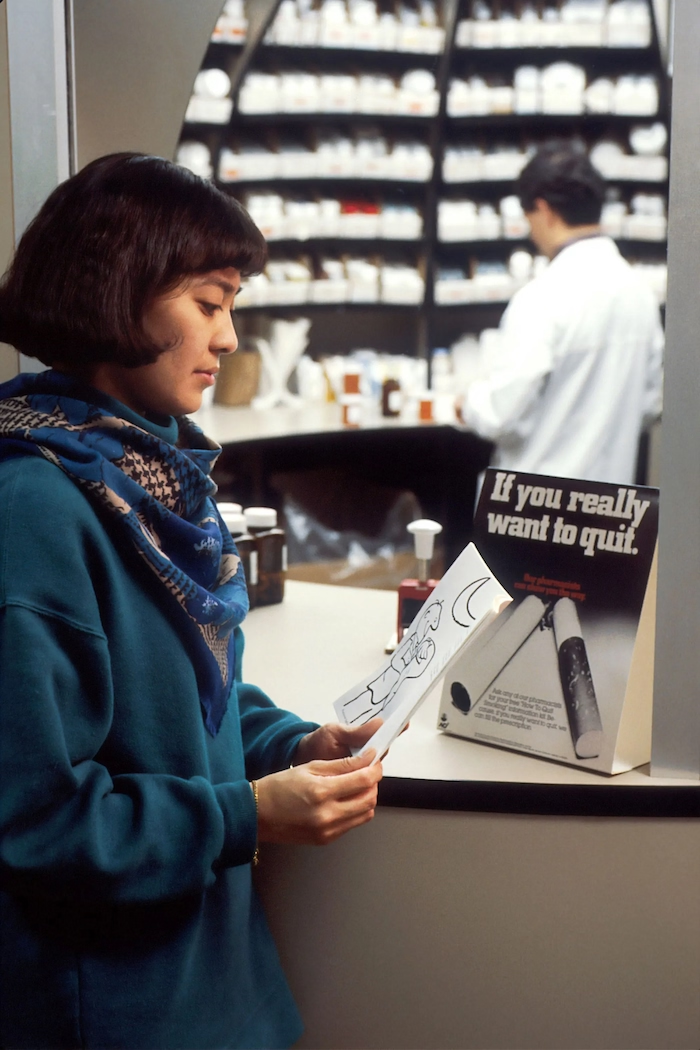
Well ahead of its time, San Francisco was the first city in the US to end the sale of tobacco in pharmacies, showing that pharmacies and tobacco don’t mix.35
Oct 10, 2007
.avif)
California added to a growing list of tobacco protections when Governor Arnold Schwarzenegger signed a bill prohibiting smoking in vehicles when kids under 18 are present. Drivers faced fines if caught smoking in cars with minors.36
Oct 9, 2007
.avif)
The Belmont City Council passed a landmark ordinance prohibiting smoking in multiunit housing, becoming the first US city to protect residents from the dangers of secondhand smoke exposure.37
Feb 15, 2006
In 2006, the city of Calabasas passed the country’s strongest smoking restrictions at the time, prohibiting smoking anywhere in public that another person could be exposed to secondhand smoke.38 Nonsmoking areas included stadiums, parks, streets, and sidewalks.
Jan 26, 2006
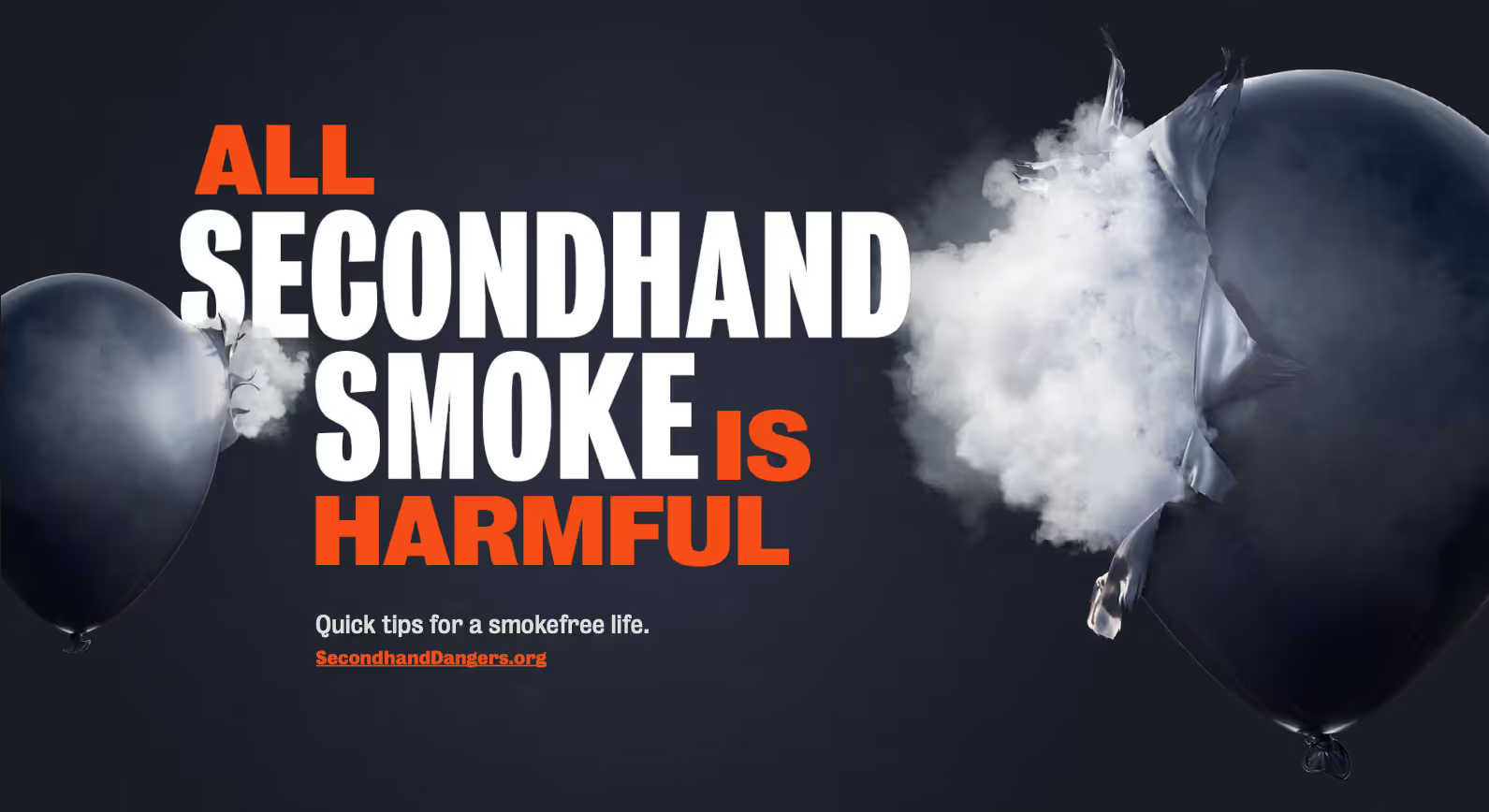
In 2006, the California Environmental Protection Agency (CalEPA) classified secondhand smoke as a toxic air contaminant that “may cause and / or contribute to death or serious illness,” especially for children who live in homes where smoking occurs. Exposure to secondhand smoke can cause adverse health effects such as lung cancer, heart disease, asthma, and respiratory infections.39
Sept 27, 2004
.avif)
When it ended the sale of tobacco products from vending machines and self-service displays, California took a major step to keep dangerous products away from kids.40
Oct 21, 2003
.avif)
Preceding the state law by sixteen years, the community of Solano Beach unanimously passed the first smokefree beach law in the country.41 The new law was spearheaded by a group of high school students actively involved in their community through the Youth Tobacco Prevention Corps.42
Jump to
The ’90s


In the program’s first decade, California came to be known as “America’s Non-Smoking Section.” It was a remarkable achievement, as California led with landmark smokefree policies including banning smoking in workplaces and bars and creating entirely smokefree communities.23
By taking a social norm change approach that combatted Big Tobacco, California changed the game with a vision of a state without Big Tobacco. As Dr. Kenneth Kizer, the top health official at the time said, “…there is no valid health argument in defense of smoking, and…we feel no compulsion to bend over backwards to spare the feelings of [the industry].”43
Dec 9, 1998
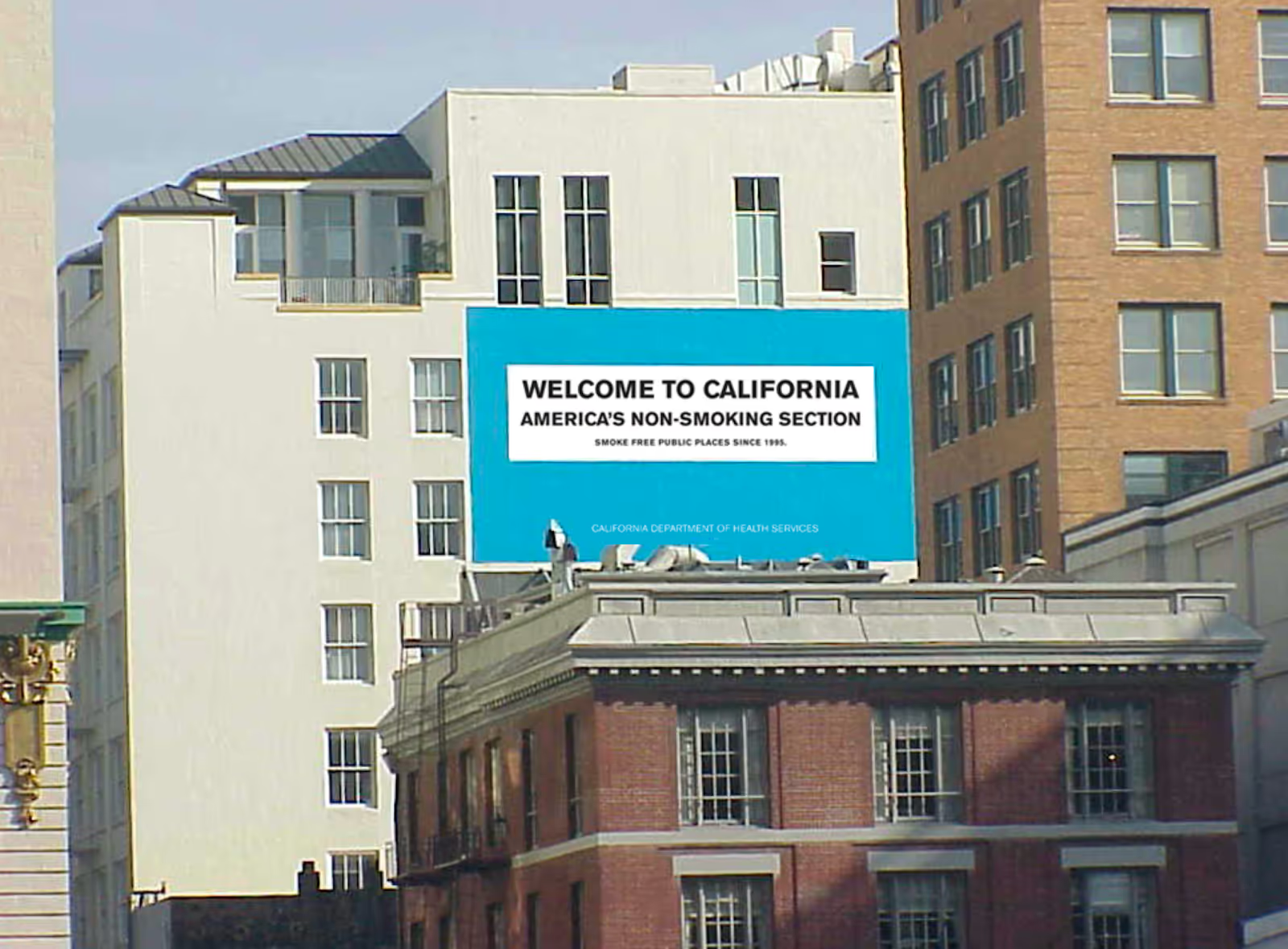
Though California led the way, we weren’t fighting alone. In 1998, the four largest tobacco companies and the Attorneys General of 46 states reached a Master Settlement Agreement to settle dozens of lawsuits to recover tobacco-related healthcare costs associated with treating smoking-related illnesses; tobacco companies signed a $205 billion deal and agreed to marketing restrictions, particularly for advertising to minors.44
Jan 1, 1998
In a huge win against the industry, California ensured that no matter where you work, you should be free from the dangers of secondhand smoke. Three years after passing the strictest ban on workplace smoking, California expanded the law to bars, taverns, and gaming clubs to further protect workers and patrons.
.avif)
Aug 10, 1995
.avif)
In 1995, California strengthened its workplace smoking laws by banning smoking on all public transportation systems, protecting both riders and workers.45
Sept 28, 1994
.avif)
California passed the STAKE Act to address underage tobacco sales, which required all tobacco retailers to post signs stating the age of sale for tobacco products, and for the State Department of Public Health to develop a program for inspecting retail stores to make sure that they are not selling to minors.46
July 21, 1994
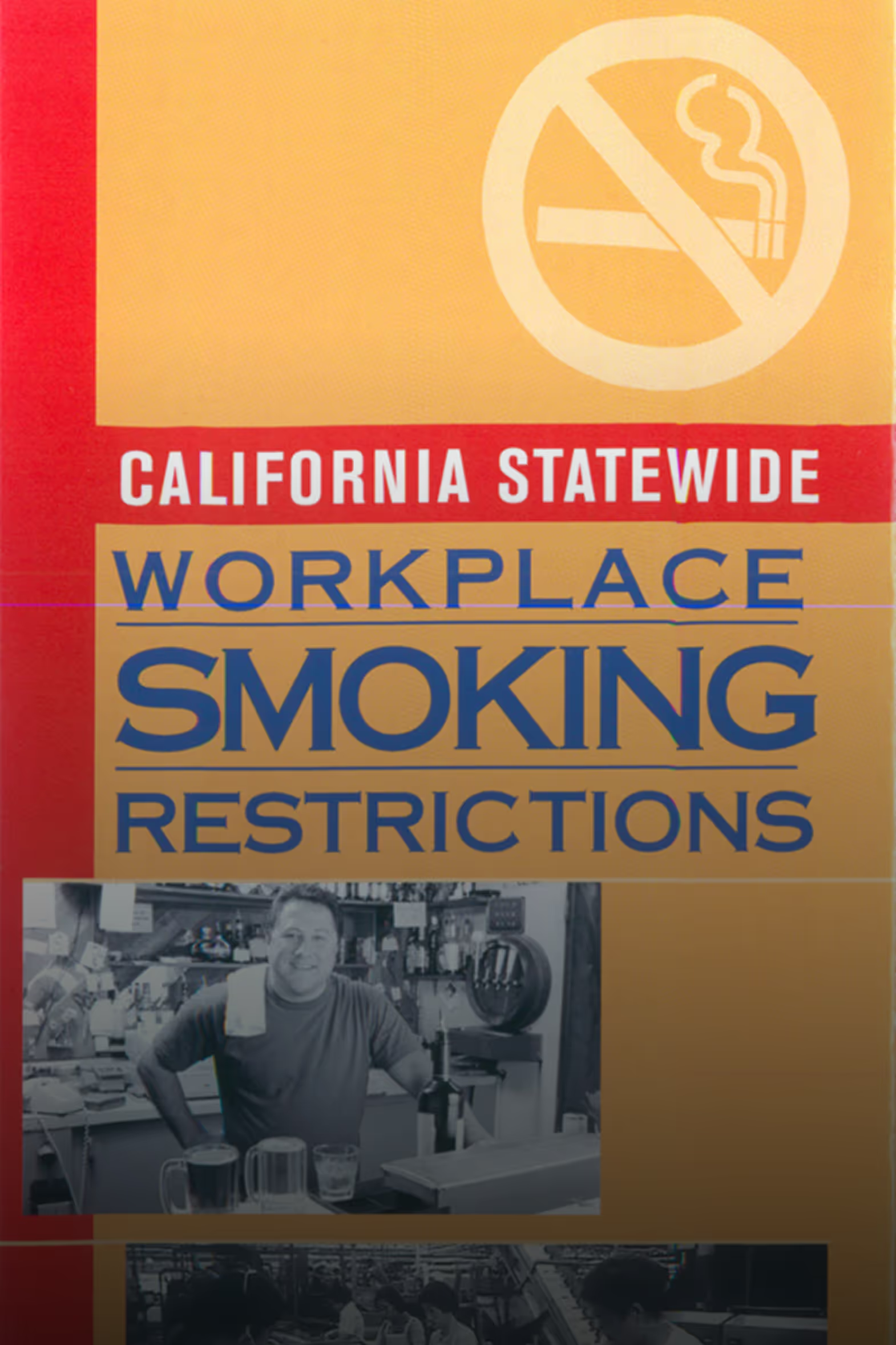
In a revolutionary act, after more than 200 California communities led the way by passing local smokefree laws, California passed the nation’s toughest smokefree workplace law, protecting most workers from secondhand smoke including public buildings, public spaces, and restaurants.
Aug 1, 1992
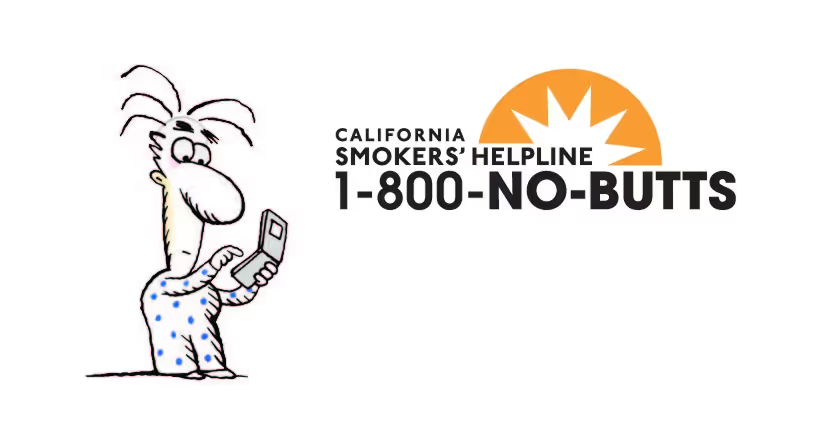
California launched the California Smokers’ Helpline, the nation’s first tobacco cessation telephone helpline, helping people addicted to tobacco quit, and included services in both English and Spanish.
Dec 1990
The Lodi City Council passed a comprehensive smokefree policy, making Lodi the first 100 percent smokefree city in the nation. Despite tobacco industry interference, and a referendum opposing the ordinance, the policy passed when Lodi voters approved the policy by a margin of 60 percent.48
Aug 2, 1990
.avif)
San Luis Obispo became a leader in the fight against secondhand tobacco smoke by passing the nation’s first smokefree bar law.49
April 10, 1990
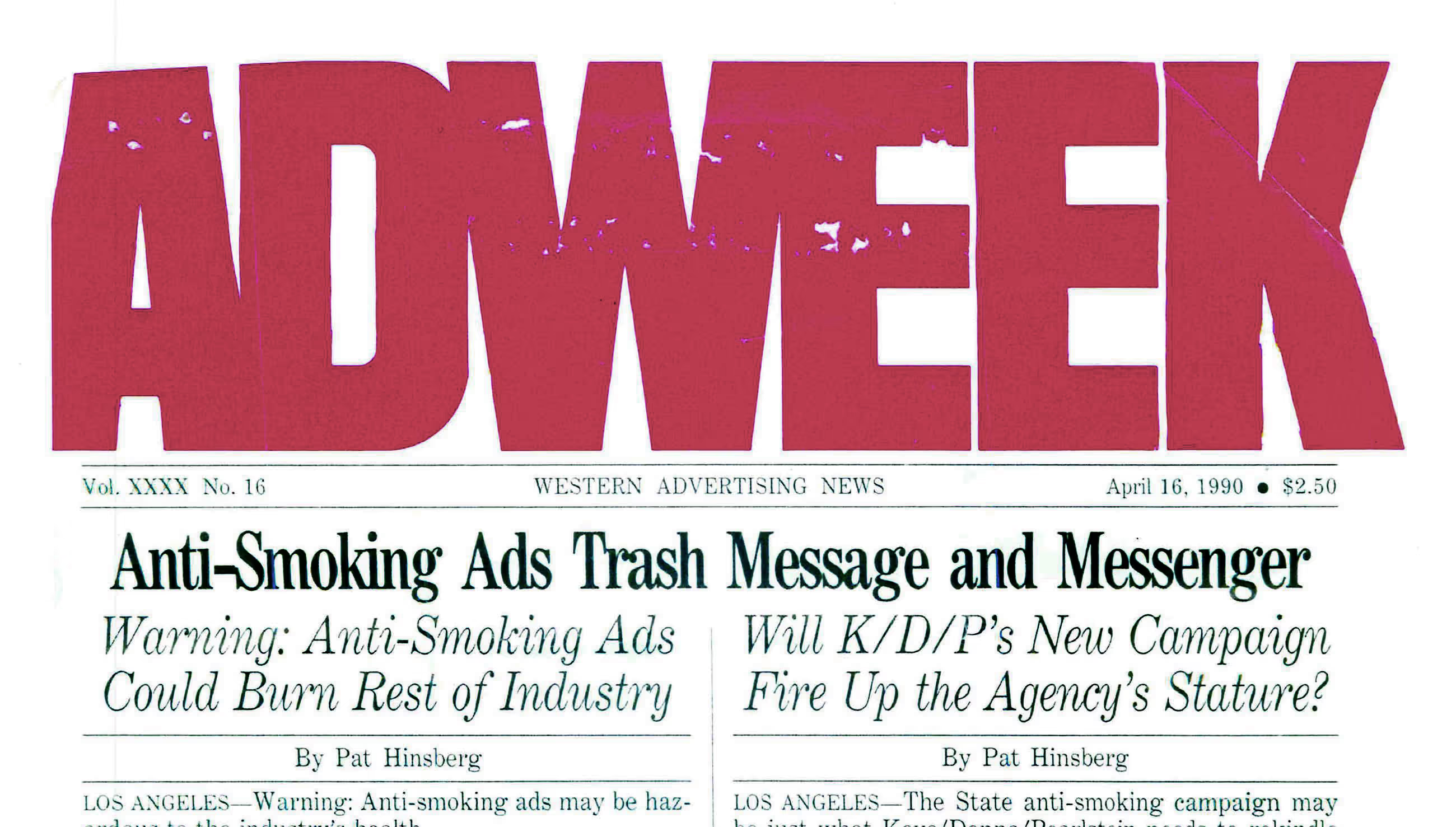
CTPP launched the first public education media campaign, breaking new ground in mass-reach public health interventions.
A resounding success, the campaign was associated with approximately 33,000 smokers quitting within its first year.50 And within two years, a decline in California’s cigarette consumption by 232 million packs.51
Jump to
The ’80s

In the '80s, people smoked everywhere. Airplanes, restaurants, you name it, and Californians suffered.52 So public health leaders had a visionary idea: What if we took on the tobacco industry? By naming the tobacco industry as the source of the epidemic, not the individuals the industry addicted, California changed the game, and everyday Californians eagerly joined the fight. From parents who were sick of kids getting addicted, to workers who were fed-up with being exposed to deadly secondhand smoke, Californians everywhere were ready to stand together to fight back against Big Tobacco. And we haven’t looked back since.
Nov 8, 1988
.avif)
Voters passed Proposition 99, a 25-cent tobacco tax that funds CTPP, a new kind of public health program, designed to make tobacco use less desirable, acceptable, and accessible. For more than 30 years since, California has been a forerunner in the fight against Big Tobacco.
Sept 27, 1987
.avif)
Preceding the federal law by more than a decade, California Governor Deukmejian signed a bill banning smoking on all commercial airline flights in California, as well as on all trains and buses traveling in the state.53 At the time, it was the most comprehensive transportation smoking ban in the nation.54
Jump to another decade